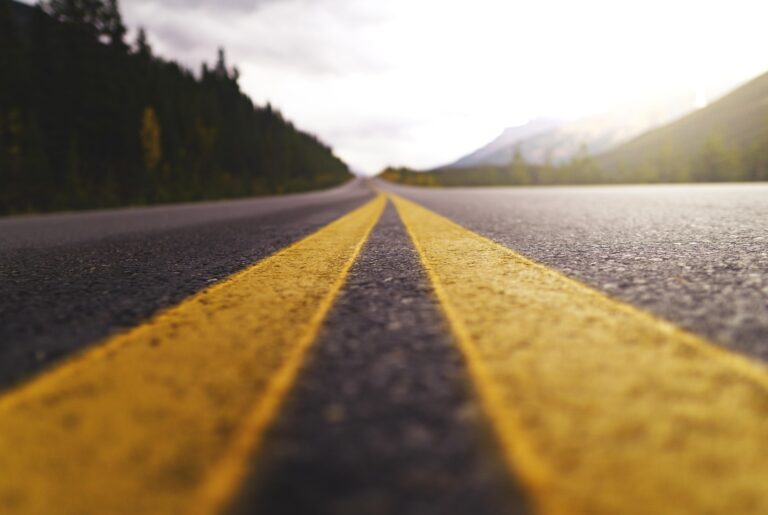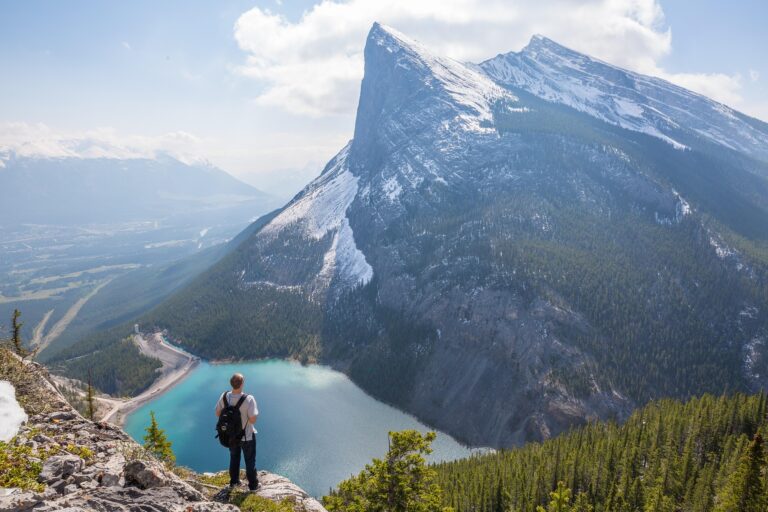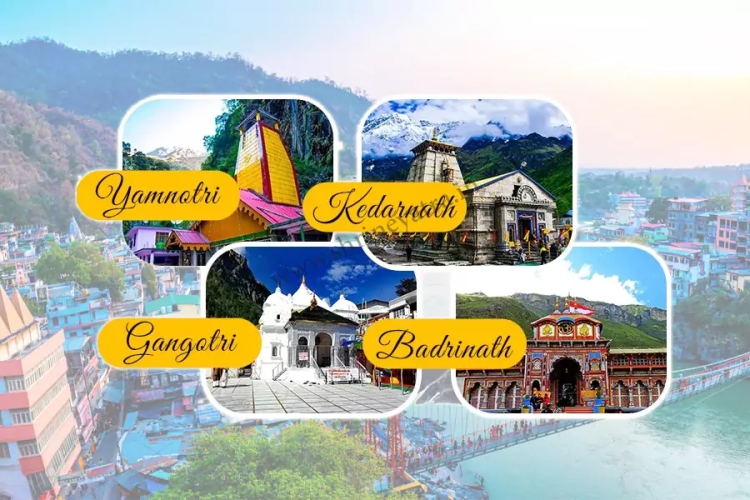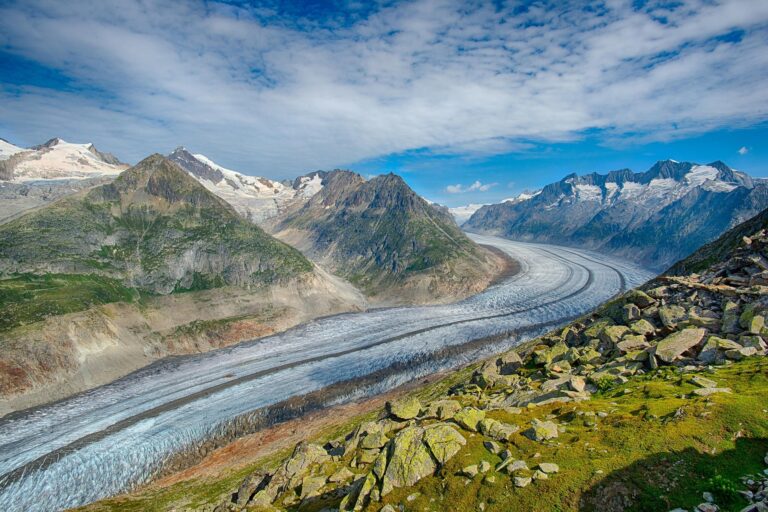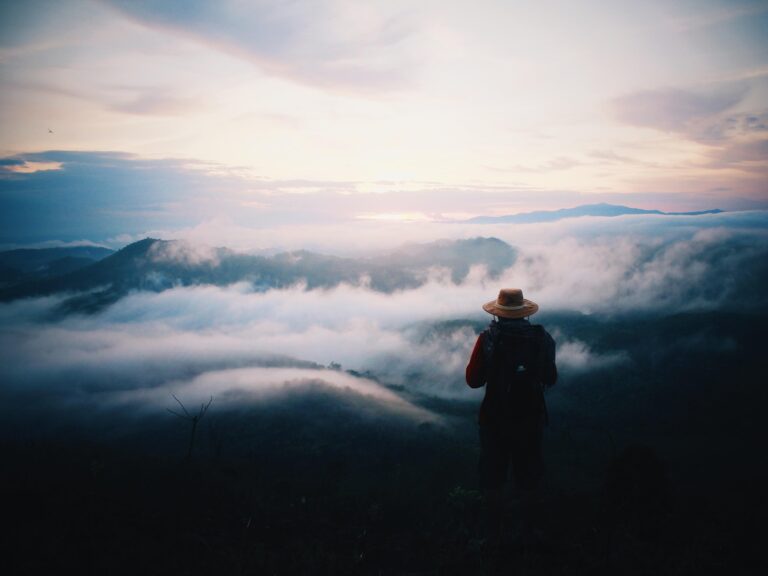The Chardham Yatra — encompassing Yamunotri, Gangotri, Kedarnath, and Badrinath — is one of the most sacred pilgrimages in India, drawing thousands of devotees each year. Located in the majestic Himalayas, these shrines are not only spiritually significant but also situated in remote, high-altitude regions that pose unique challenges. While the experience can be life-changing, it’s essential to prioritize safety to ensure a smooth and fulfilling journey. Here are the top tips to help you stay safe during your Chardham Yatra.
1. Prepare Physically and Mentally
The Chardham Yatra is not a typical holiday—it involves long travel hours, steep treks, and extreme weather conditions. Before you embark on the journey, start a basic fitness routine that includes walking, climbing stairs, and breathing exercises. If you have any chronic conditions such as asthma, diabetes, or heart issues, consult your doctor and get a health check-up. Mental preparedness is equally crucial, especially for the more arduous routes like Kedarnath.
2. Plan Your Travel in Advance
Avoid last-minute travel plans. Book your transportation, accommodation, and helicopter services (if needed) well in advance. The Uttarakhand government also requires mandatory registration for all pilgrims. Make sure to complete this process online or at the designated registration centers. Carry physical and digital copies of all bookings and IDs to avoid any disruptions.
3. Dress Appropriately for the Weather
Weather in the Himalayas is highly unpredictable. Even in summer months (May to June and September to October), temperatures can dip significantly, especially at night. Dress in layers to adapt quickly to changing conditions. Essentials include thermal wear, waterproof jackets, sturdy trekking shoes, woolen caps, and gloves. A raincoat or poncho is also highly recommended due to sudden rainfall.
4. Pack a Well-Equipped First Aid Kit
Your personal first aid kit should include:
- Altitude sickness tablets (after consulting your doctor)
- Pain relievers and fever reducers
- Band-aids and antiseptic cream
- Insect repellent
- Motion sickness tablets
- Prescription medications
You’ll be traveling through remote areas where medical facilities may not be readily available, so it’s wise to be self-sufficient.
5. Stay Hydrated and Eat Wisely
At high altitudes, dehydration can happen faster, even if you don’t feel thirsty. Carry a reusable water bottle and sip water throughout the day. Avoid overeating or trying unfamiliar street food, as stomach issues are common during such journeys. Stick to freshly cooked vegetarian food and avoid alcohol and smoking, both of which can worsen altitude sickness.
6. Travel in Groups or with a Guide
Solo travel to Chardham is not recommended unless you are an experienced trekker familiar with the terrain. It’s safer to travel in groups or hire a certified local guide, especially for Kedarnath and Yamunotri, where treks can be challenging. In case of an emergency, being with others ensures quicker access to help.
7. Respect Altitude and Acclimatize Properly
Don’t rush the journey. Sudden ascent to high altitudes can lead to Acute Mountain Sickness (AMS). Spend a day or two at intermediate altitudes like Uttarkashi or Guptkashi to help your body adjust. Recognize early symptoms of AMS — headache, nausea, fatigue, and dizziness — and descend immediately if symptoms worsen.
8. Stay Connected and Informed
Mobile networks may be patchy in remote regions, but BSNL and Jio usually offer the best coverage. Inform your family about your itinerary and keep emergency contact numbers handy. It’s also a good idea to follow local news and weather updates through official government or tourism channels. Avoid traveling during landslide-prone or heavy rain periods.
9. Follow Local Guidelines and Traditions
Respect the local culture, traditions, and environmental rules. Don’t litter, and avoid using plastic. Photography may be restricted in some temple areas, so always ask permission. Following these norms not only keeps you safe but also shows respect to the sanctity of the region.
10. Insure Your Journey
Consider taking a travel insurance policy that covers accidents, medical emergencies, and helicopter evacuation. While no one plans for mishaps, being financially covered can offer peace of mind.
In Conclusion
The Chardham Yatra is as much a test of faith as it is of endurance. With proper preparation, awareness, and respect for the natural and spiritual environment, you can ensure a safe and enriching pilgrimage. Let safety be your silent companion on this holy path, allowing your soul to fully immerse in the divine experience.

